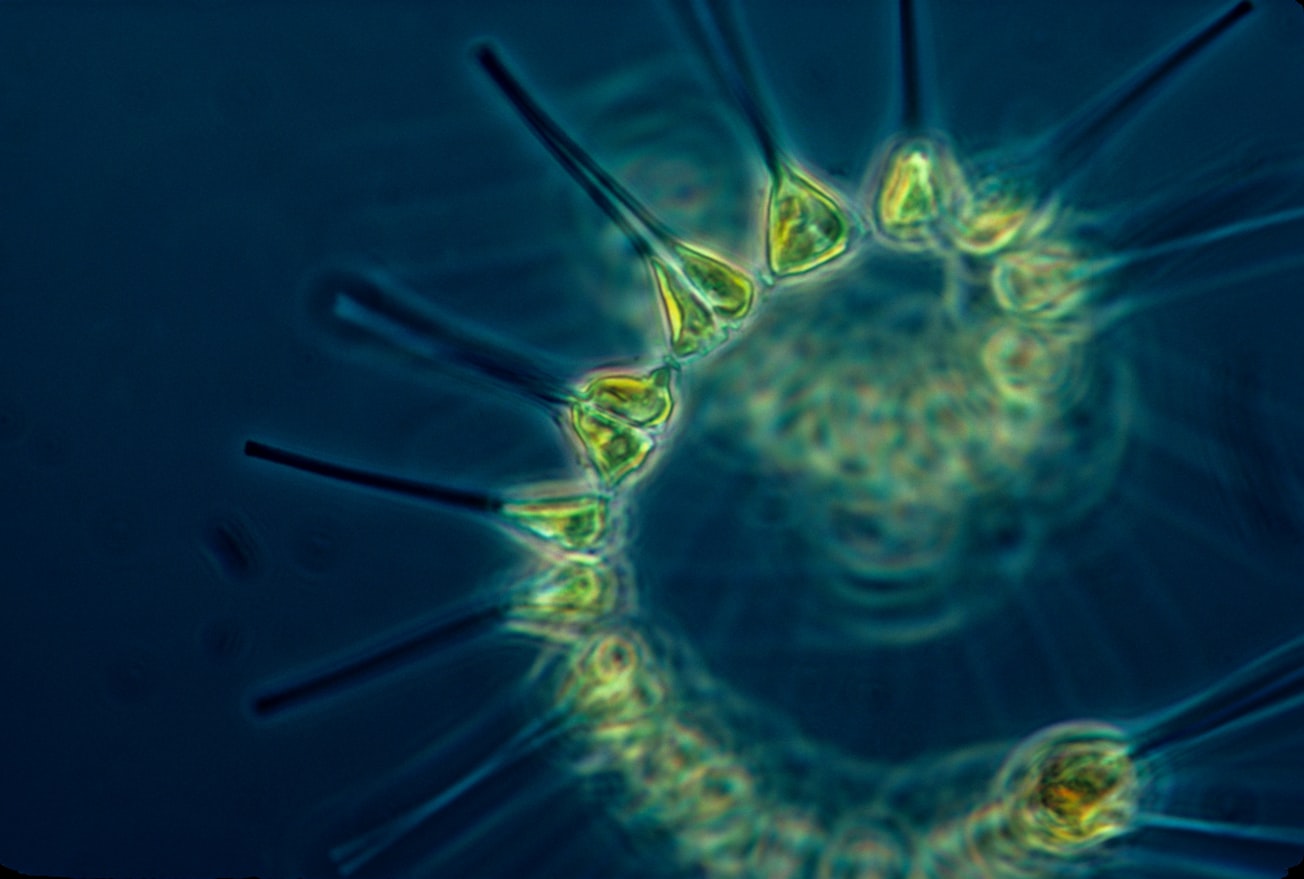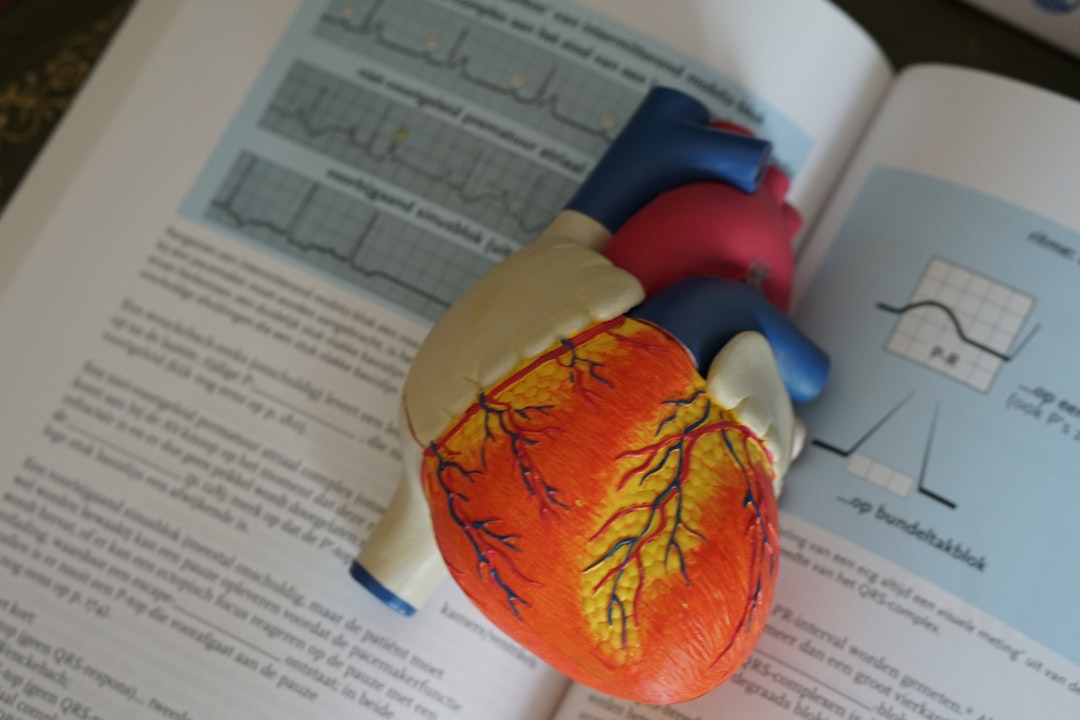What is it about?
Living in the Southern Ocean is not easy. Temperatures are cold, light levels are highly variable and availability of the essential micronutrient iron is low. These conditions are not conducive to performing large amounts of photosynthesis, the process that converts light energy into chemical energy. Therefore many phytoplankton, the microorganisms responsible for half of the oxygen we breathe, have found an additional way to produce energy by using proton-pumping rhodopsins located in the vacuole.
Featured Image

Photo by NOAA on Unsplash
Why is it important?
Our study identifies a second organelle (the first being chloroplasts) that can be used to convert light energy into chemical energy, the vacuole. It does so through using proton-pumping rhodopsins (PPR). PPR may contribute to energy production when conditions are not favorable for photosynthesis, primarily under cold, low iron and high light conditions. Use of PPR by phytoplankton in the Southern Ocean may be an important adaption to their survival.
Perspectives
What started out with the identification of a single gene expressed in an environmental sample collected from the North Pacific Ocean over 15 years ago, has now developed into a comprehensive study that has contributed to our understanding of one of the most important groups of microorganisms on our planet – phytoplankton. This study required the collective expertise of many researchers from molecular microbiologists to field-going oceanographers.
Adrian Marchetti
University of North Carolina at Chapel Hill
Read the Original
This page is a summary of: Widespread use of proton-pumping rhodopsin in Antarctic phytoplankton, Proceedings of the National Academy of Sciences, September 2023, Proceedings of the National Academy of Sciences,
DOI: 10.1073/pnas.2307638120.
You can read the full text:
Contributors
The following have contributed to this page










